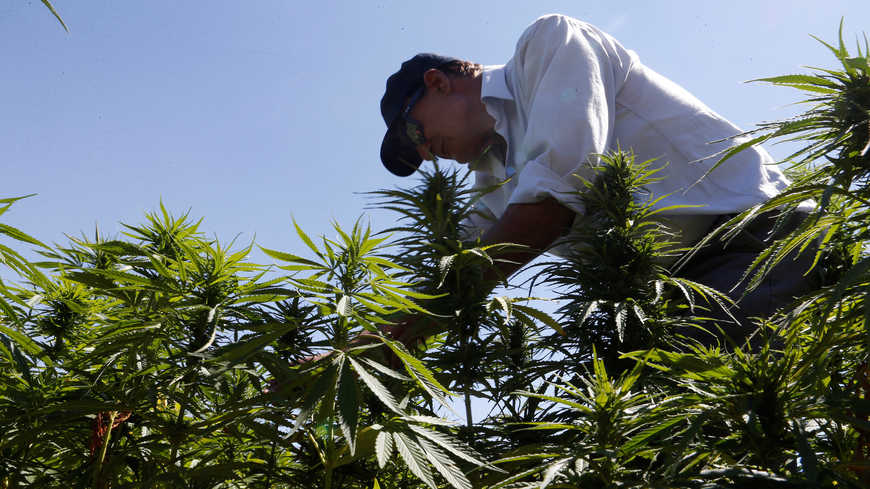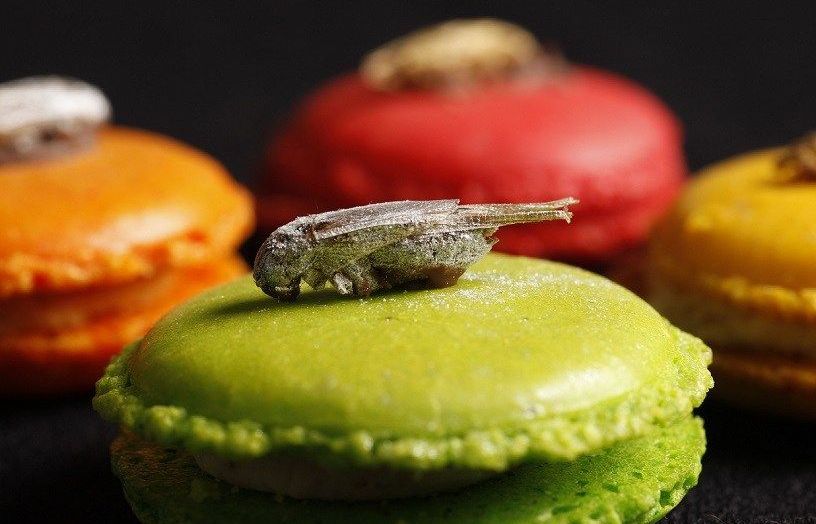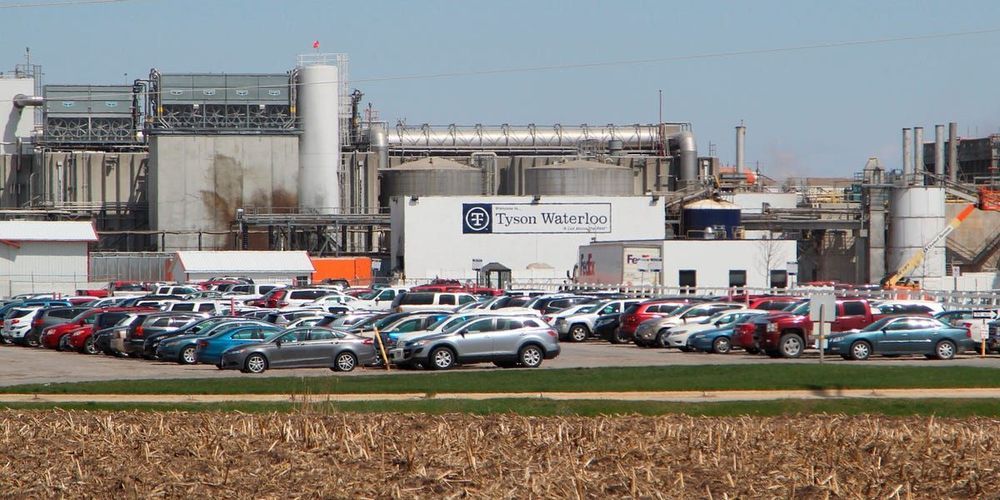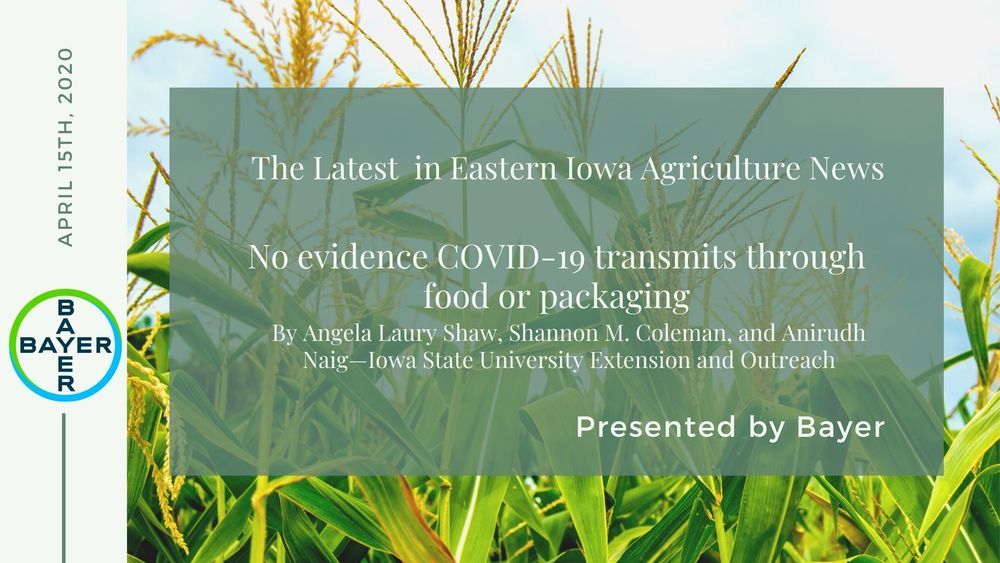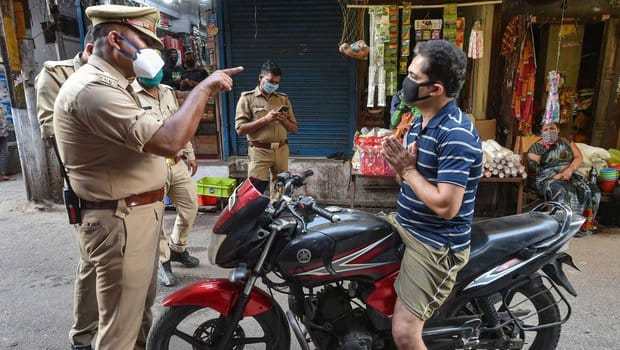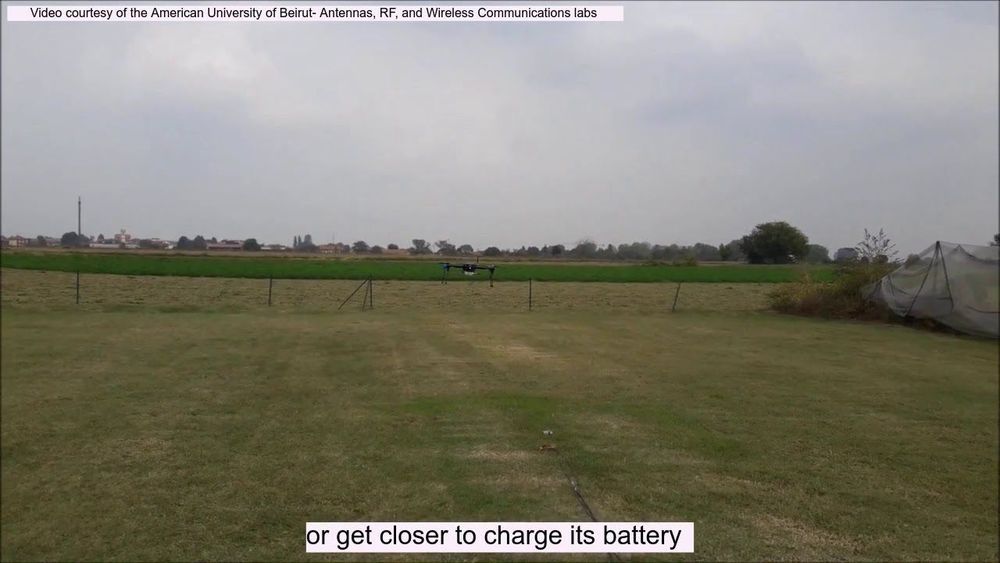Despite pushback from Hezbollah, the Lebanese parliament passed legislation Tuesday legalizing cannabis cultivation for medicinal and industrial purposes.
Category: food
The first EU permits for insects as a “novel food” should be issued in mid-2020. This will end the legal uncertainty about breeding insects for human consumption in Europe. Now is the time to draw lessons from Belgium, which has served as a sandbox for the fledgling industry, about its future prospects. Are we really ready to eat insects?
Romy is an adorable little blond girl who, like all children under the age of 2½ in Belgium, goes to the crèche most weekdays. Her parents spend 20 minutes every evening preparing her lunch, carefully weighing out some carbs, freshly cooked vegetables, a protein-rich ingredient, some high-quality fat and a sprinkling of chopped herbs. It’s the recommended diet for a child her age. But unlike most of Belgium’s children, Romy gets a meal that eventually includes a teaspoon of cricket powder. In fact, she even loves to snack on some whole locusts from time to time. All this thanks to Belgian’s progressive regulatory system, which allowed a whole new sector in the Western agrifood landscape to open up here a few years ago.
In theory, Romy is well on track to help fulfil the prediction, or rather prescription, of the Food and Agriculture Organisation (FAO) for insects to become “a high-value source of animal protein for the rapidly growing world population.” But the challenges ahead are huge and Belgium, as a test ground, has gained some valuable experience. Along with a few other countries in Europe, Belgium has taken a bite at insects. But sometimes it hurts.
Miso Robotics
Posted in food, robotics/AI | Leave a Comment on Miso Robotics
Spotted on my feed.
“The new burger chef makes $3 an hour and never goes home.” — LA Times.
Flippy is the world’s first autonomous robotic kitchen assistant that can learn from its surroundings and acquire new skills over time. Specifically designed to operate in an existing commercial kitchen layout and to serve alongside kitchen staff to safely and efficiently fulfill a variety of cooking tasks. Miso is working with major QSR locations to integrate Flippy as an overhead rail system. The overhead rail system will reduce the cost to produce Flippy by 50% and requires ZERO real estate footprint.
Learn more about the future of AI in kitchens and invest in Miso Robotics only on SeedInvest.
Nearly 200 COVID-19 cases force Tyson Foods to ‘indefinitely suspend’ operations at its pork processing plant in Waterloo, Iowa, but the city’s mayor says this move came ‘too late’
Posted in biotech/medical, food | Leave a Comment on Nearly 200 COVID-19 cases force Tyson Foods to ‘indefinitely suspend’ operations at its pork processing plant in Waterloo, Iowa, but the city’s mayor says this move came ‘too late’
This closure will impact the United States’ meat supply because “the plant is part of a larger supply chain,” Tyson Foods said in a statement.
In a study published in Nature, a UCLA-led team of researchers describe how the nanomachine recognizes and kills bacteria, and report that they have imaged it at atomic resolution. The scientists also engineered their own versions of the nanomachine, which enabled them to produce variations that behaved differently from the naturally occurring version.
Their efforts could eventually lead to the development of new types of antibiotics that are capable of homing in on specific species of microbes. Drugs tailored to kill only a certain species or strain of bacteria could offer numerous advantages over conventional antibiotics, including lowering the likelihood that bacteria will develop resistance. In addition, the tailored drugs could destroy harmful cells without wiping out beneficial bugs in the gut microbiome, and they could eventually offer the possibilities of being deployed to prevent bacterial infections, to kill pathogens in food and to engineer human microbiomes so that favorable bacteria thrive.
The particle in the study, an R-type pyocin, is a protein complex released by the bacterium Pseudomonas aeruginosa as a way of sabotaging microbes that compete with it for resources. When a pyocin identifies a rival bacterium, it kills the bacterium by punching a hole in the cell’s membrane. P. aeruginosa, frequently a cause of hospital-acquired illness, is found in soil, in water and on fresh produce. The germ is commonly studied and its biology is well understood.
👽 Stalin’s Crab is eating the Oceans biodiversity and tis gaining terrain as we are speaking now.
They’re multiplying in the Barents Sea. And they’re heading West. Meet the red king crabs. 🦀.
AMES, Iowa — Over the past month, false information about COVID-19 and food and food packaging has been reported in the media, websites and blogs, and shared through social media, note food safety and nutrition and wellness specialists with Iowa State University Extension and Outreach. Angela Shaw, Anirudh Naig, and Shannon Coleman want Iowans to know there is no evidence that COVID-19 is transmitted through food and food packaging.
Shaw is a food safety state specialist and associate professor in the ISU Department of Food Science and Human Nutrition. Naig is a food safety state specialist and associate professor in the ISU Department of Apparel, Events, and Hospitality Management. Coleman is an assistant professor and nutrition and wellness state specialist in the ISU Department of Food Science and Human Nutrition.
A teenaged Muslim boy from Lucknow who was allegedly beaten up by policemen while he was trying to buy food has succumbed.
The slain has been identified as Mohammad Rizwan, he has become the first fatality from purported police high-handedness in enforcing the lockdown in Uttar Pradesh.
Rizwan’s father, Mohammed Israil, said his son had felt very hungry on Thursday night.
Here’s another neat thing drones can do—beam power across the sky to recharge sensors in hard-to-reach places.
Remote sensors play a valuable role in collecting data—but recharging these devices while they are scattered over vast and isolated areas can be tedious. A new system is designed to make the charging process easier by using unmanned aerial vehicles (UAVs) to deliver power using radio waves during a flyby. A specialized antenna on the sensor harvests the signals and converts them into electricity. The design is described in a study published 23 March in IEEE Sensors Letters.
Joseph Costantine and his colleagues at the American University of Beirut, in partnership with researchers at the Institute of Electronics, Computer, and Telecommunications Engineering in Italy, were exploring ways to remotely charge sensors using radio frequency waves (the same form of energy used to transmit Wi-Fi). However, a major challenge was that the source of the radio waves must be fairly close to the sensor in order to sufficiently charge it.
This prompted the researchers to consider the use of UAVs, which could soar over each sensor. “In addition, a UAV can follow an optimized trajectory that maximizes energy transfer to the sensors in question,” Costantine explains. He says his team developed this system to control and recharge sensors used in agriculture, but that it could be extended to any situation where sensors are deployed in hard-to-reach areas.
The Black Death (1347−1350) was a pandemic that devastated the populations of Europe and Asia. The plague was an unprecedented human tragedy in Italy. It not only shook Italian society but transformed it. The Black Death marked an end of an era in Italy, its impact was profound, and it resulted in wide-ranging social, economic, cultural and religious changes.[1] These changes, directly and indirectly, led to the emergence of the Renaissance, one of the greatest epochs for art, architecture, and literature in human history.
The Impact of the Plague of Italy
To Black Death spread to Italy from modern-day Russia. Genoese merchants spread the plague while fleeing a Mongol attack on their trading post in Crimea. The plague was carried and spread by the fleas that lived on the Black Rat and brought to Italy on the Genoese ships.[2] The population of Italy was ill prepared for the spread of the disease. There had been a series of famine and food shortages in the region, and the population was weak and vulnerable to disease, and furthermore, the population did not have any natural resistance to the disease. Italy was the most urbanized society in Europe, Milan, Rome, Florence, and other Italian centers among the largest on the continent.[3].
